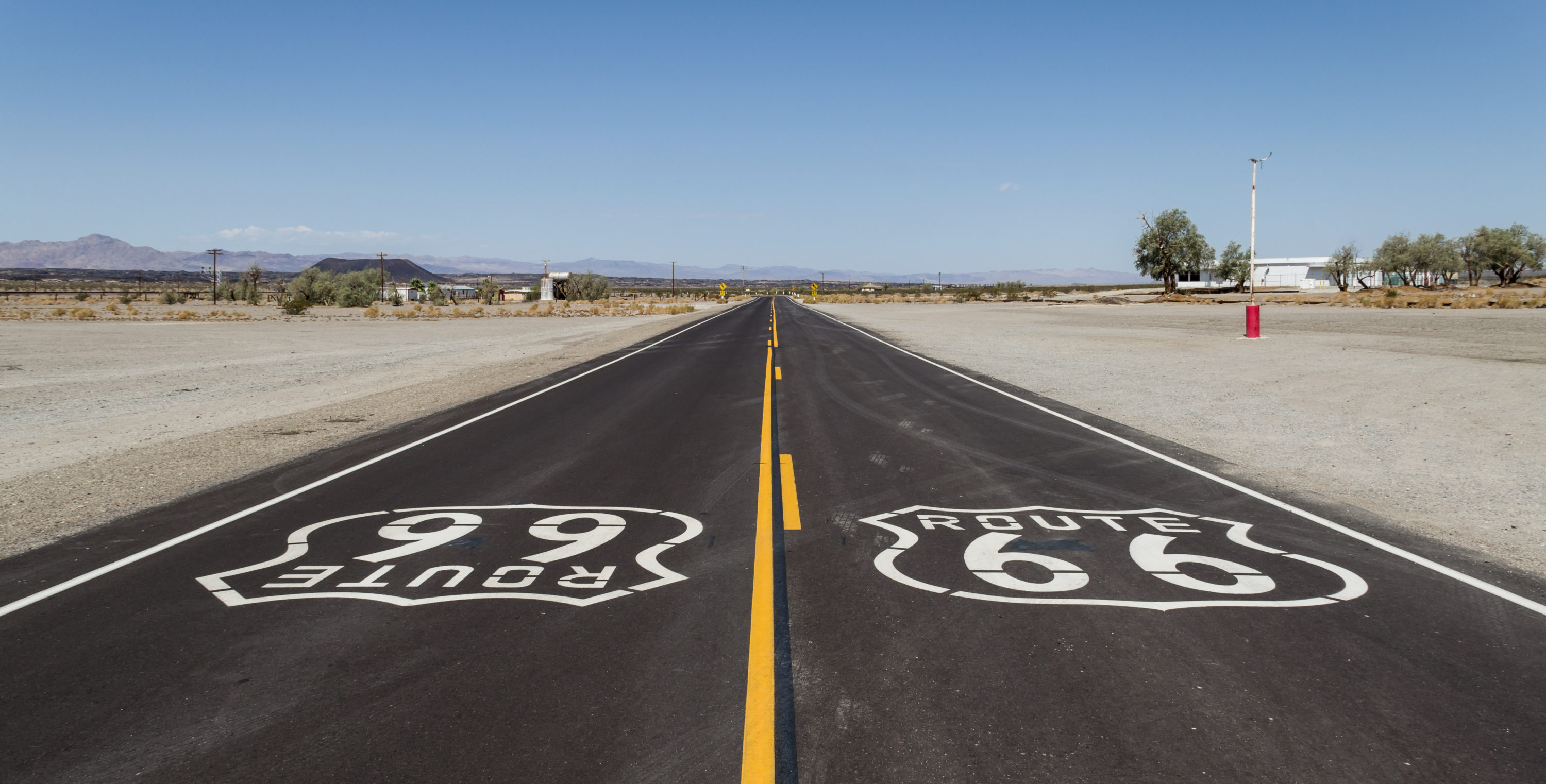Whether your adventurous soul screams to do road trips during your international experience, or your new home city in the U.S. does not have enough public transportation connections, you might need to jump in a car and drive along the United States while you stay for an Exchange Visitor program. If this is the case, it is very important that you know the regulations and laws that apply to your situation and you might need to apply for a U.S. Driver’s License during your time abroad.
In the U.S. the specific regulations regarding Driver’s Licenses and whether it’s permitted or not to drive with a foreign license depends on the State, which is controlled by the Department of Motor Vehicles (DMV) of each State. So, this means, there are 50 States and 50 different regulations concerning driving for foreigners. It is important that you read very well the law applicable in your State. In this official website you can select the State you live in and it will re-direct you to the DMV of that State. There are huge differences in the timings and limitations of the law: while in New York State you can’t drive with your foreign license after 90 days from the start of your program, in Connecticut, for example, you can drive up to one year with your International Driving Permit (IDP), and in California, however, the IDP is not recognized without having your own foreign license. WOW! That’s confusing. The solution: just focus on the regulations of your State and follow their instructions. There are also some resources to make you better understand the rules, like this website, dmv.org, that gathers the main information of all the different States. However, always consult the official DMV site of your State.
Although there are many differences between States to obtain a driver’s license, almost always there will be some steps that you have to follow and that we present in this article. To get a Driver’s License in U.S.:
- Your Exchange Visitor program must be active in SEVIS (Student and Exchange Visitor Information System). Your sponsor will do this activation once you confirm with them that you arrived in the U.S.
- You must wait at least 10 business days after arriving in the U.S. in order to apply for a driver’s license. This allows time for the information on your I-94 record to update in all the systems of the government agencies. You will need to bring the I-94 in most States.
- In some States you need to present your Social Security Number as well (see here how to obtain it), so you will need to wait a few more weeks in order to get your driver’s license, since the SSN takes about three weeks to be processed and sent to you.
- You will need to go to the DMV offices to apply for the License, and submit the necessary documentation (listed below in this article, may vary depending on the State). The DMV might need to verify your non-immigrant status and determine whether or not you are eligible to obtain a driver’s license. They will also inform you in case you don’t require a US license to drive in your State, and you can use your foreign license. So always ask first.
- Determine which kind of Driver’s License you need. The most common (to simply drive a car that is not commercial is the type D).
- Get a learner permit. Before even getting in a car you need to get a learner permit by going to the DMV, successfully completing the written test and paying the mandatory fees. The written test normally consists of 20 multiple choice questions. You have a limited number of questions you can fail in order to consider you have passed the test. Be aware of the signs! The most important questions are all those that include signs of the road. You normally can’t have more than 2 incorrect sign questions. There are some free apps that can help you prepare for the test. The theory book is also free in PDF on the Internet (DMV website) or you can get a hard copy at the DMV offices. The fees vary a lot by State and depending on your situation (time of validity of the permit, type of permit, your age, the number of years you have been driving…). It can go from as low as $20 to as high as over $100.
- Practice driving and pre-license course. In all States you are supposed to take some driving lessons, going with a person that has a valid US driver’s license. The amount of hours established may vary. Also, some States require you to take a pre-license course that you can do in driving schools and other educational institutions. In this course you will review important aspects about safety, emergency protocols, driving habits, etc.
- Road test. The last step to obtain your driver’s license will be passing a driving test. During this, your driving skills will be examined, to ensure you correctly understand and follow the regulations and signs on the road, and that your driving is safe for the other drivers on the streets. Take into account that, unlike in many other countries, in the U.S. you must bring your own car to do the road test, and since you don’t yet have a valid driver’s license, you must have another driver (with a valid license) bring you to the DMV facilities for the exam.
What documents should I bring to apply for my Driver’s License?
Once again, it is very important that you check all the information on the DMV site of your State before going to the offices. Regulations may have changed since the date this article was published, and some new documents might be needed. Also, make sure to always bring the original documents, not a copy or a photo. In general most States will ask Exchange Visitors for the following documents in order to get a driver’s license:
- Your valid passport (with your visa stamp on it)
- Signed DS-2019, which establishes your non-immigrant status and the reason why you are legally living in the U.S. It is also good to bring with you your acceptance letter by the sponsor and the host company in case you must demonstrate the exact activity you are involved in during your Exchange Visitor program.
- The I-94 record, which states the last entry in the U.S.
- Proof of residence. What is considered proof of residence varies from State to State, so it is best to consult the DMV site of your State. One of the best documents to bring is the offer letter from your host company (with the address of the company in the letter head) and the Lease of your apartment, making sure it states your full name as it appears on your passport and the address where you currently live.
- In some States, Social Security Number (card that you receive, not only the number), or a Form SSA-L676, “Refusal to Process SSN Application”.
Chef Training US’ best advice when on the road: “it is better to lose a minute of your life, than to lose your life in a minute”. So please, drive responsibly, respect the other drivers, and get safe to your destination. Happy road trip!

